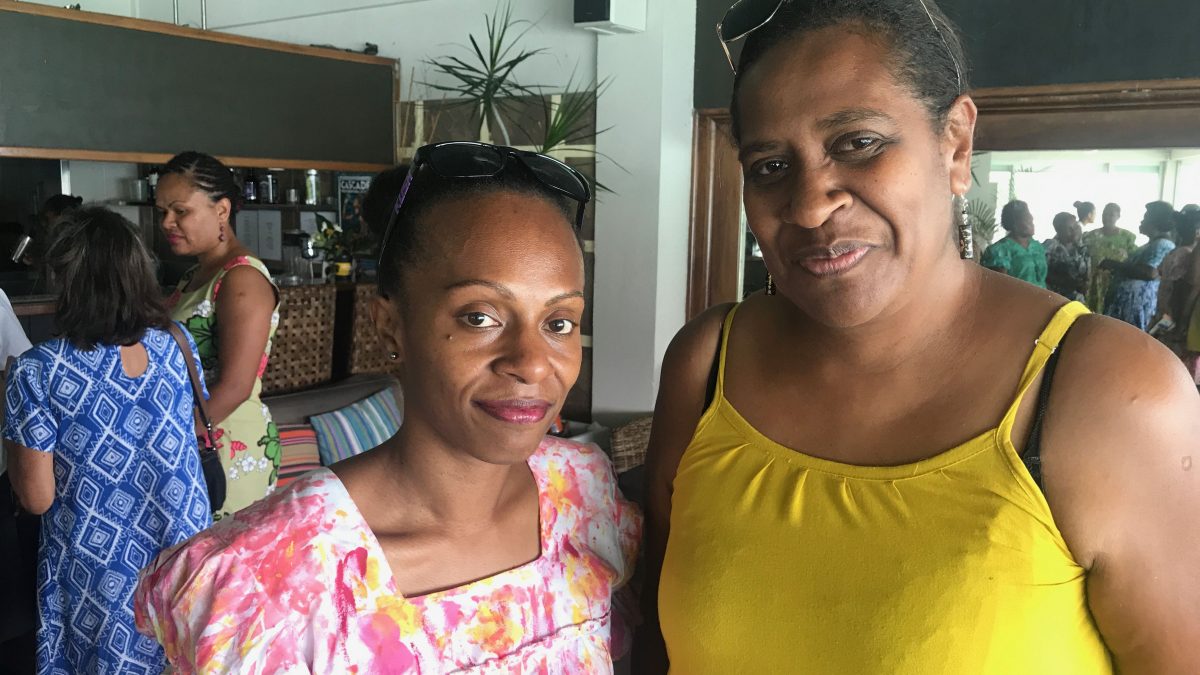
Women’s access to finance in the Pacific – a challenge and an opportunity
Pacific women are yet to truly achieve gender equality – where women are empowered to economically engage through their work, through leadership and decision-making, and within their own communities and families. While economic opportunities have improved for people throughout the region, and economic growth has been the result, women have not always benefited from these advances in the same way as men. A 2018 ADB report on Women and Business in the Pacific describes it in this way:
“Even though women constitute half the population of Pacific countries they remain underrepresented in the workforce, on company boards, and in business.”
Many propose that a collaborative approach is needed to push change forward; where governments, donor agencies, civil society, communities and the private sector all commit to taking steps to improve women’s situation, however bringing everyone together to push for change is a feat in and of itself.
For many women throughout the Pacific region, access to finance is heavily influenced by customary laws and institutional practice. Women are rarely able to inherit land and are therefore unable to use land as security for loans.
Even though progress has been made through an increase in the number of institutions and the use of technology which has made accessing credit easier, women still have not always automatically benefited. In Tonga, 90% of women have mobile phone access and over 80% of women in Fiji have access, compared to around 30% of women in Kiribati. However, even though women may have access, this does not necessarily mean they can use the phone to access financial services since regional digital services uptake is still new. Currently, 44 million women throughout Asia and the Pacific region still remain unconnected to the internet and as such, digital financial services.
In interviews conducted throughout the region, women shared two top complaints regarding their ability to access finance. The first was the high interest rates charged by financial institutions and the second was women’s inability to provide security (or guarantee) to access commercial loans. Another 2021 Women’s World Banking study highlighted an additional four barriers that women shared which included:
- The limited number of formal financial service options available
- Women’s low financial literacy.
- Women’s inability to save formally because there is so much pressure on women to use what little money they have earned for household purposes
- The high cost of banking forces women to save money at home and often in secret to ensure there is some money available for emergencies
The ADB report concludes that financial institutions in the Pacific must be part of the solution to ensuring women’s financial inclusion. It provides the following key recommendations to financial institutions:
- Offer alternative forms of credit assessments to enable women to access loans. Current assessments require applicants to provide their business history and ownership of securities – both of which women rarely can provide. Utilizing other forms of credit assessment would offer opportunities for women to show their loan eligibility in other ways.
- Offer products and services that are relevant and useful to women entrepreneurs such as insurance products or digital crowdfunding solutions. Because the Pacific is prone to natural disasters, nonlife insurance products would help to mitigate women business owners’ risk.
- Adopt affirmative action policies and offer leadership training programs to ensure qualified women take up roles they rightfully deserve. Far fewer women hold leadership positions than men within financial institutions and there are fewer female agents as well. It is a known fact that women prefer dealing with other women so having more female agents will attract more female clients.
- Implement codes of conduct that consider the impacts that certain products, services or actions have on women. Offering dispute resolution options as well as procedures to support reporting claims of harassment will contribute to making workplaces safer for women.
Another important form of financial services in the region is remittances which are a lifeline for many Pacific people. In times of trouble, like the COVID-19 global pandemic, remittances have offered a vital source of foreign exchange; in fact, during the pandemic, remittances to many Pacific countries have increased.
Women make up half the remittance senders globally and are more likely to send more money more frequently than men. And in countries where women already have access to finance, they are more likely to receive remittance income.
Samoa is one example of this where 48% of women receive remittances compared to only 39% of men. Mobile money has made receiving remittances much easier – benefiting women to some degree.
Pacific financial inclusion solutions that are geared toward women, therefore, must also consider how they can digitally receive money from family and friends overseas – without this consideration, women, in particular, could lose out.
Key Works Referenced:
Asian Development Bank. (2018). “Women and Business in the Pacific.” Manila, Philippines. Retrieved from: https://www.adb.org/sites/default/files/publication/445821/women-business-pacific.pdf
Raithatha, R., Farooq, S. & Sharma, A. (2021). “Using Mobile Technology to Improve Remittances to the Pacific.” GSMA. Retrieved from: https://www.gsma.com/mobilefordevelopment/wp-content/uploads/2021/07/CIU_PacificRemittances_R_WebSingles1.pdf
Rowntree, O. & Shanahan, M. (2020). “The Mobile Gender Gap Report 2020.” GSMA. Retrieved from: https://www.gsma.com/mobilefordevelopment/wp-content/uploads/2020/05/GSMA-The-Mobile-Gender-Gap-Report-2020.pdf
